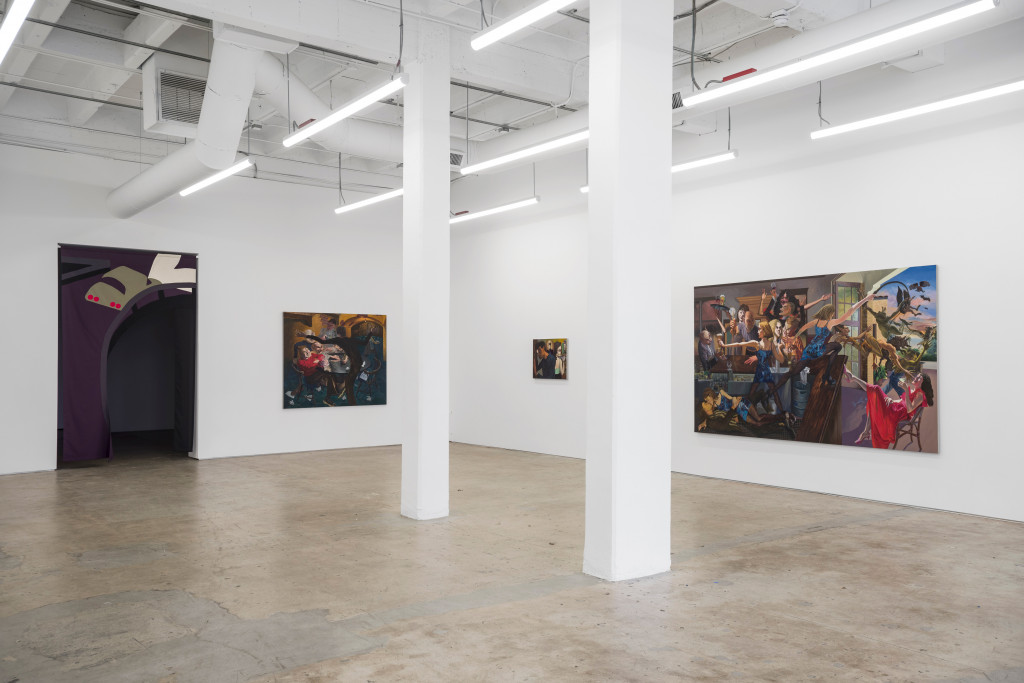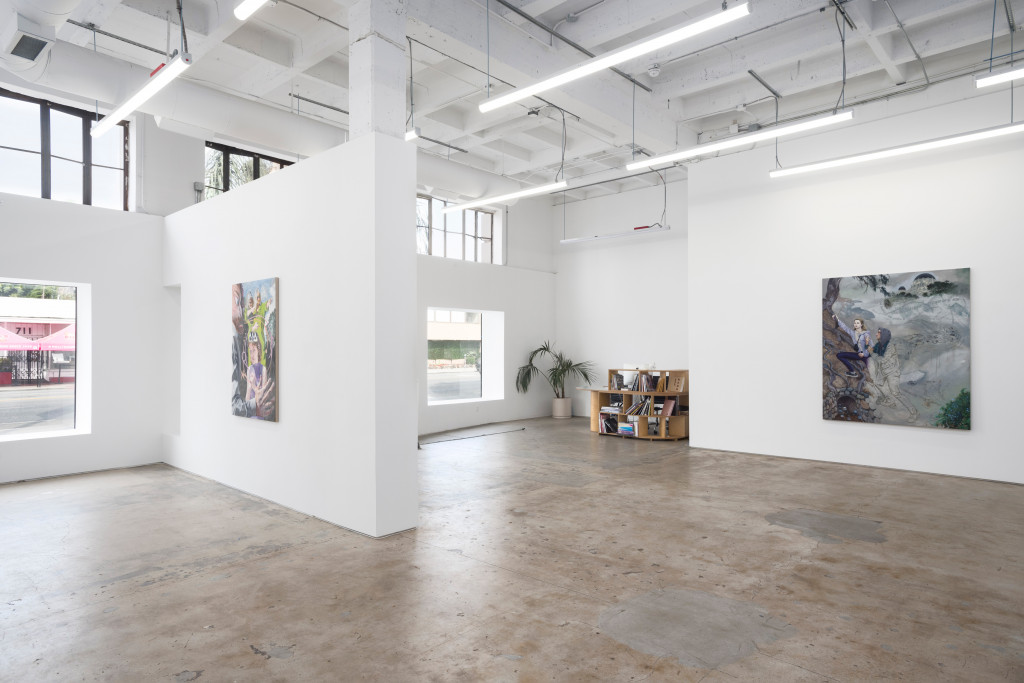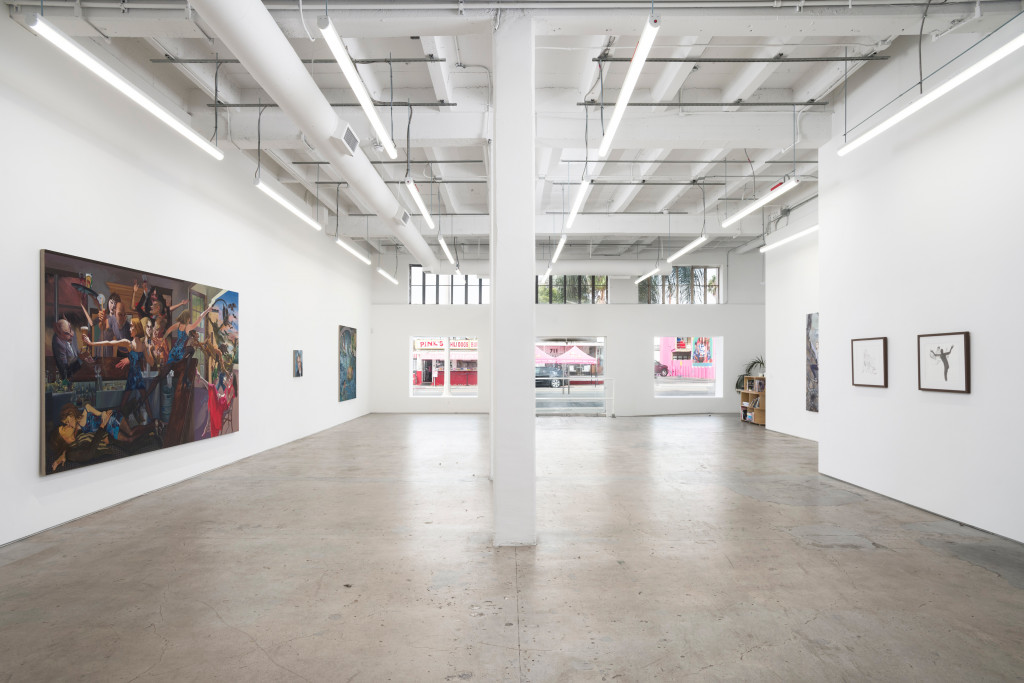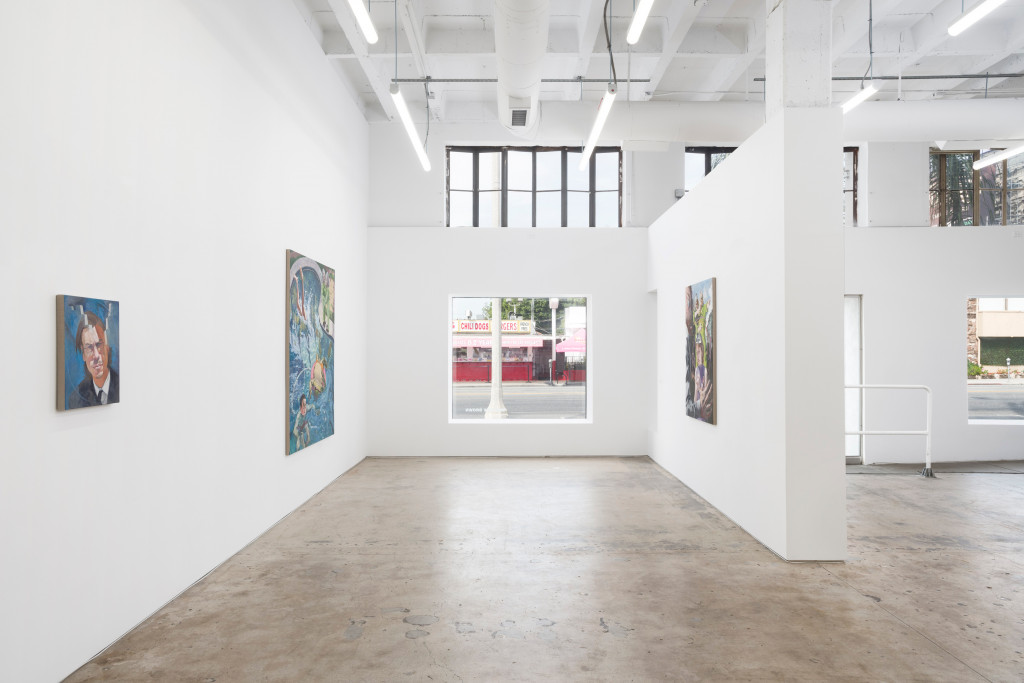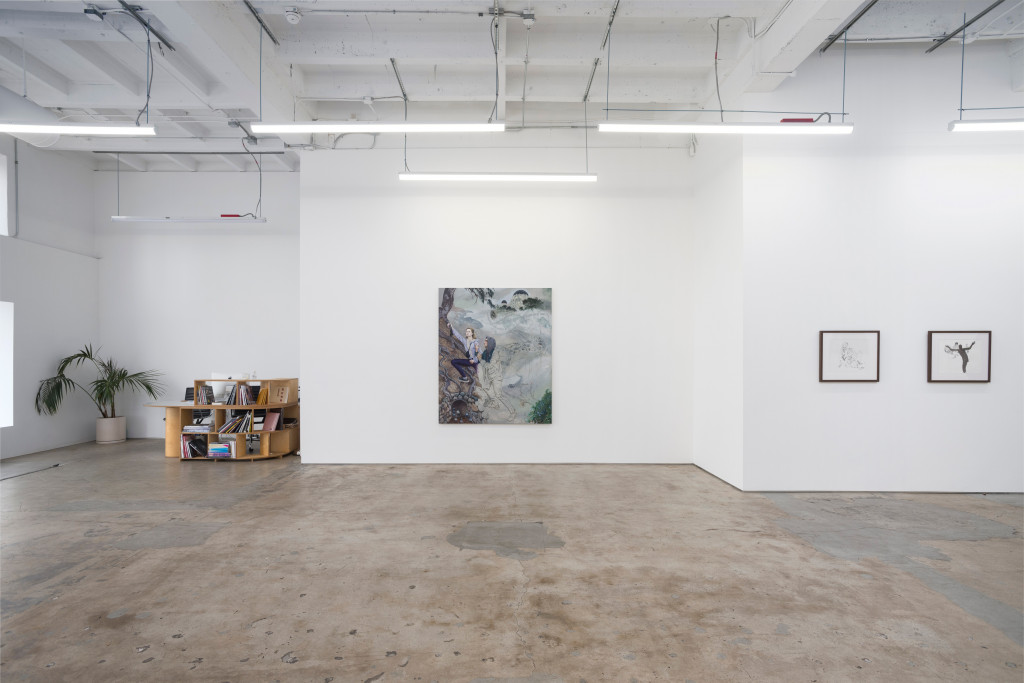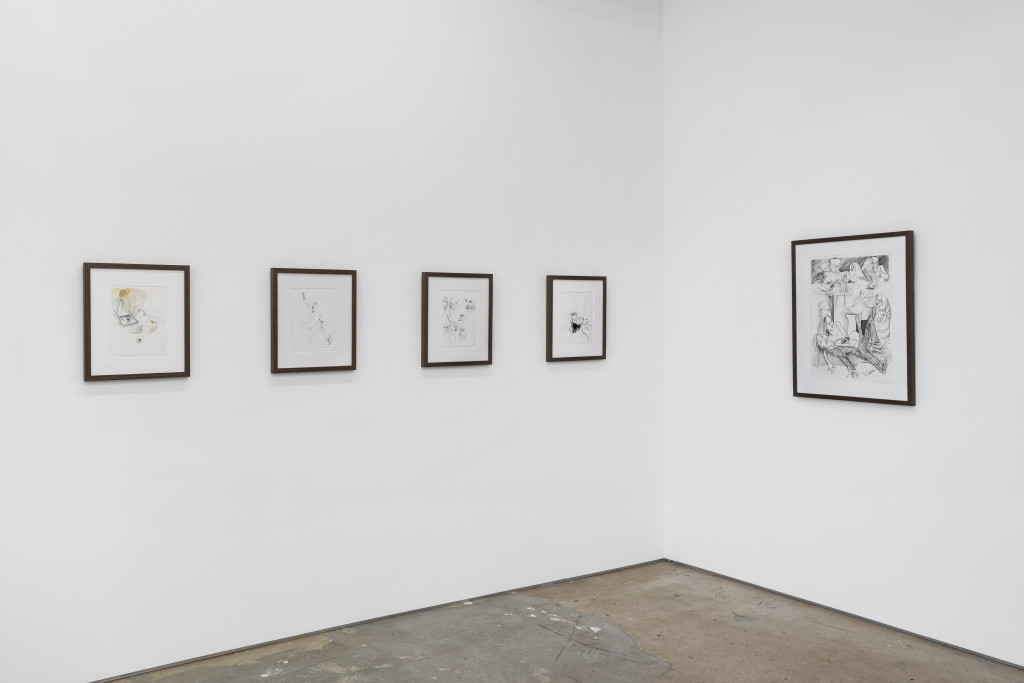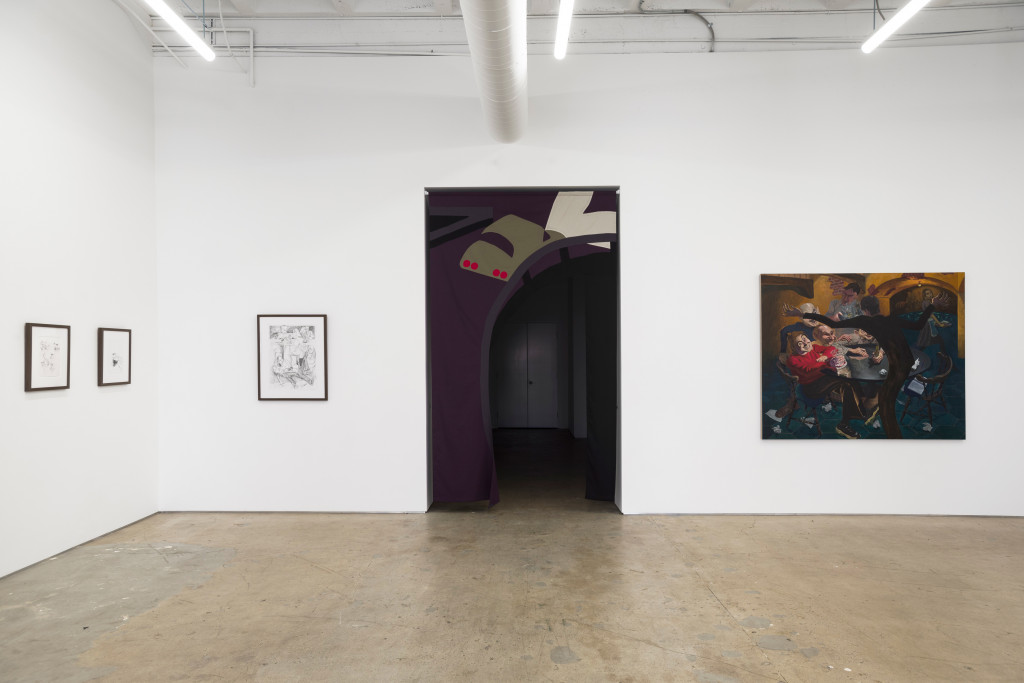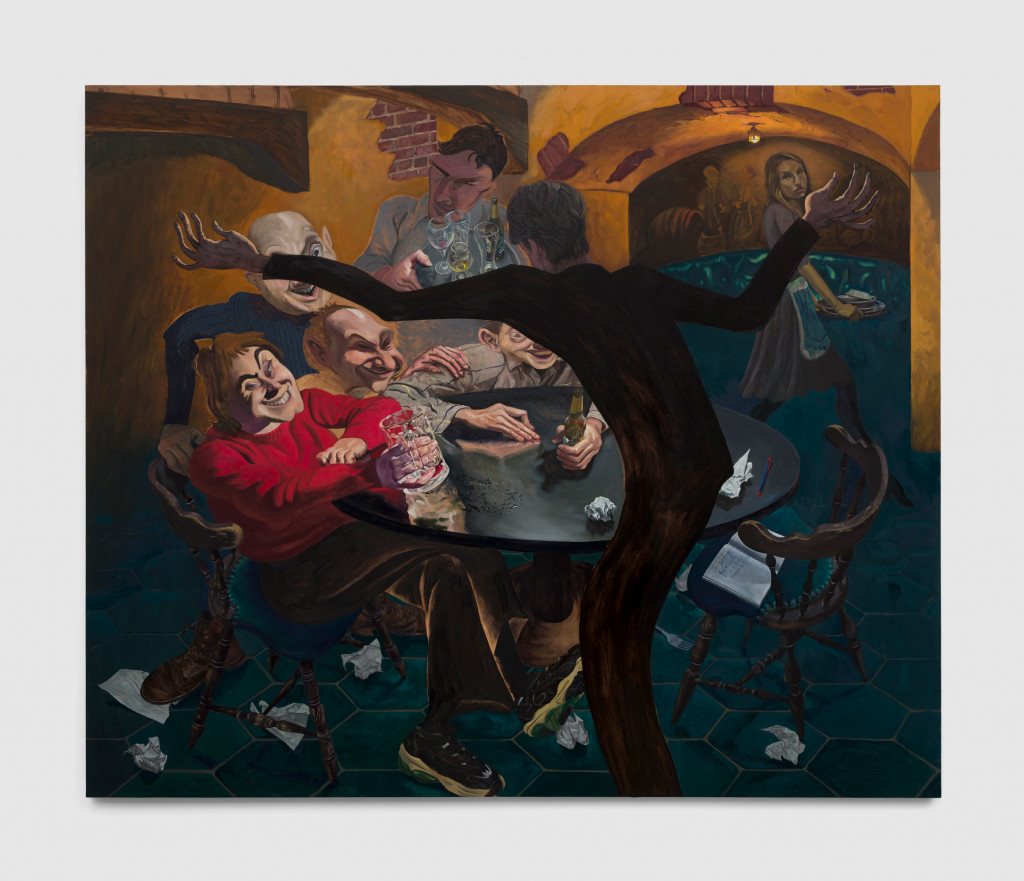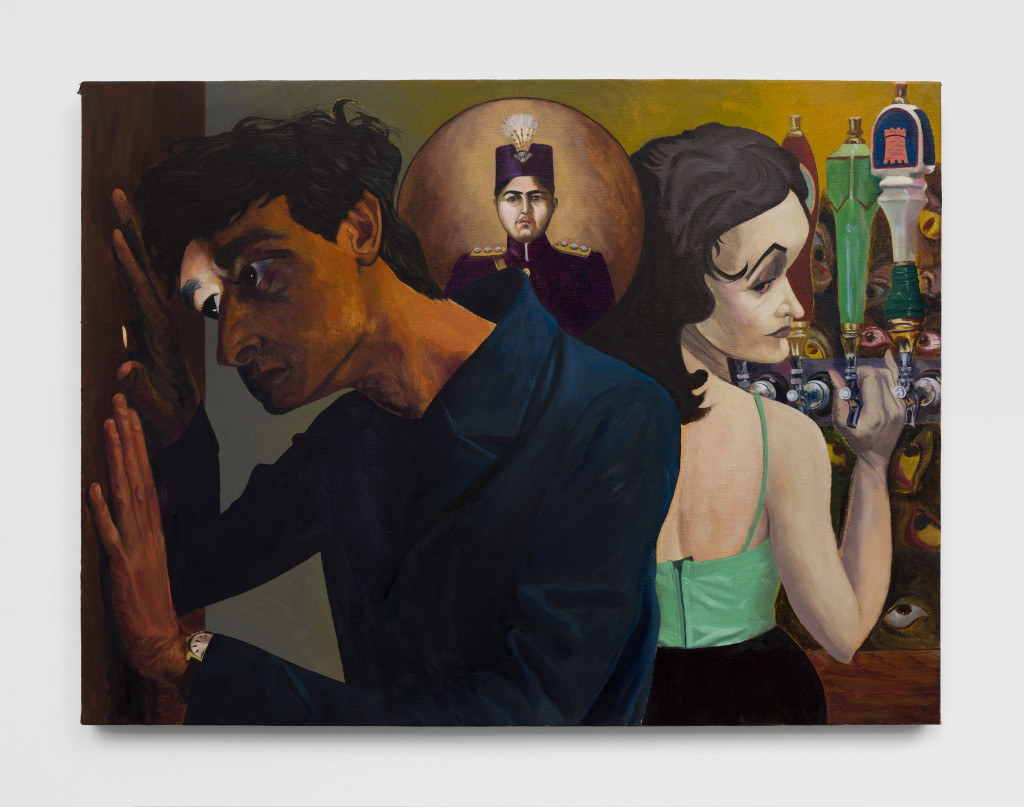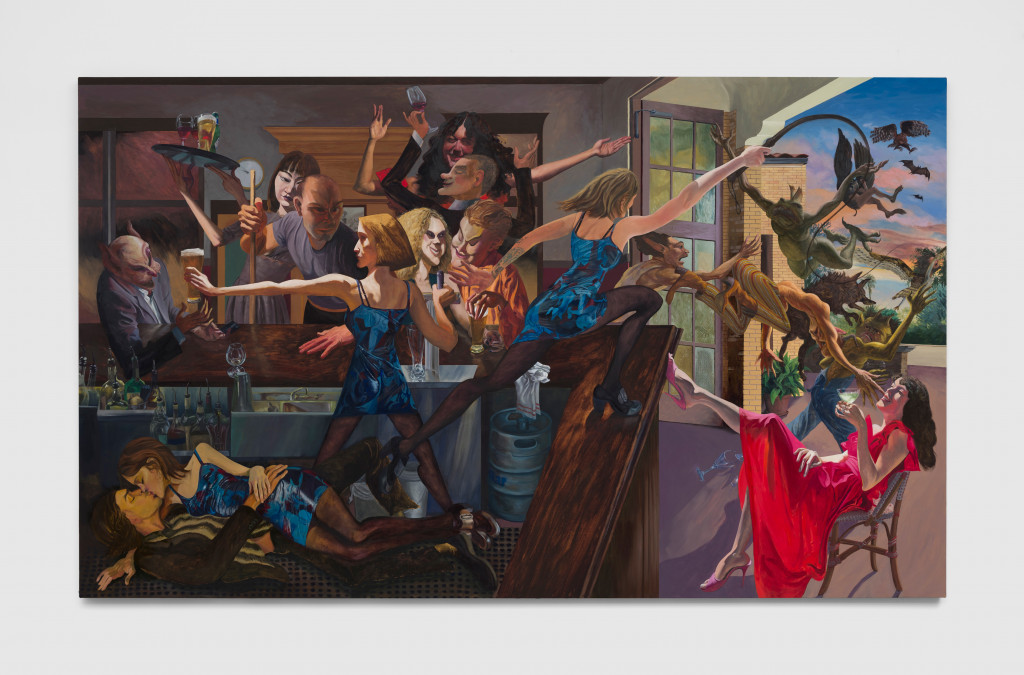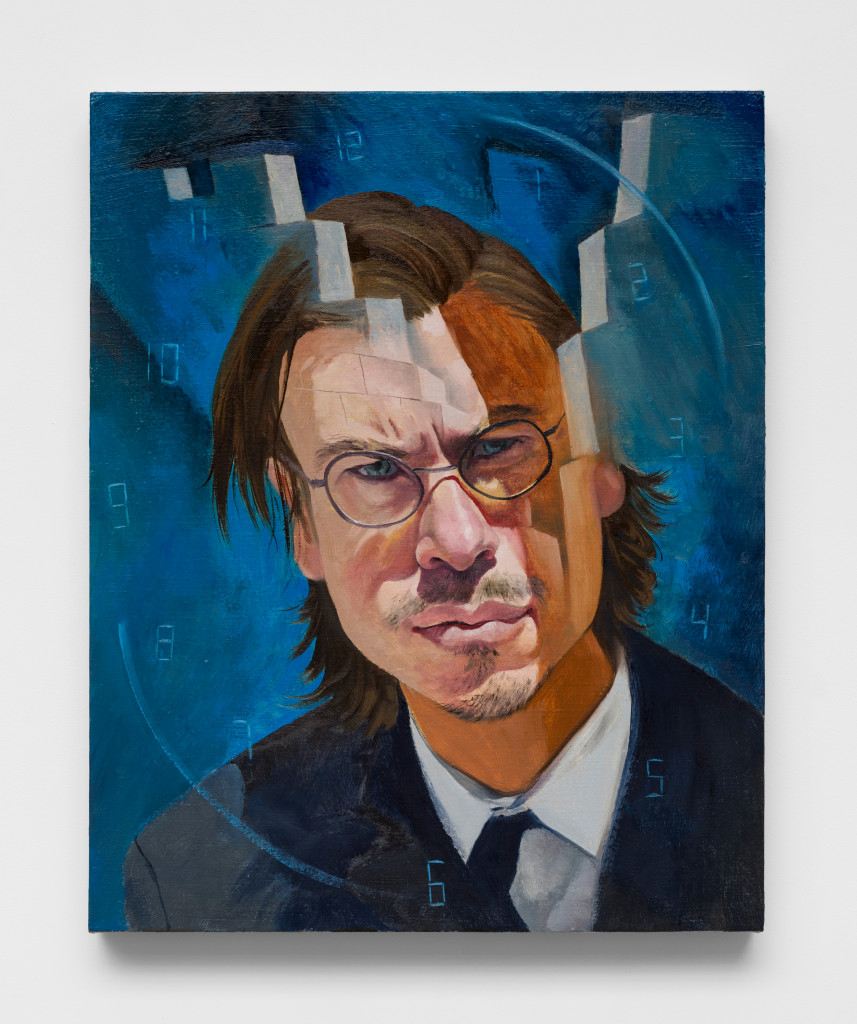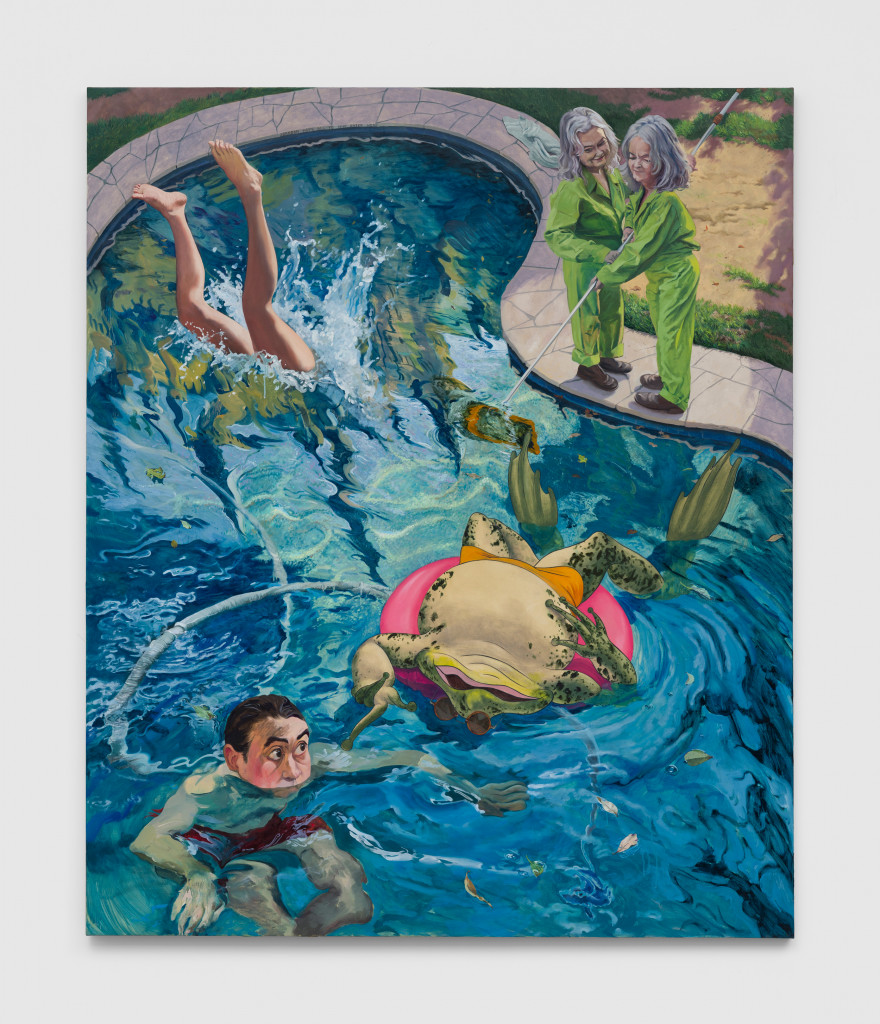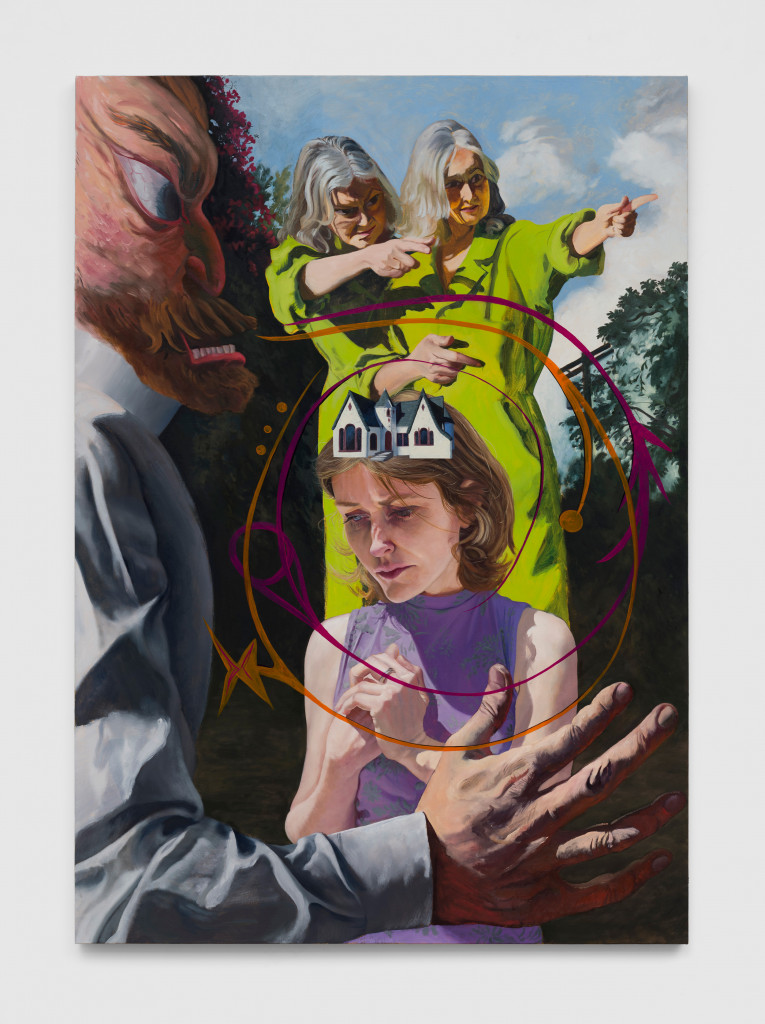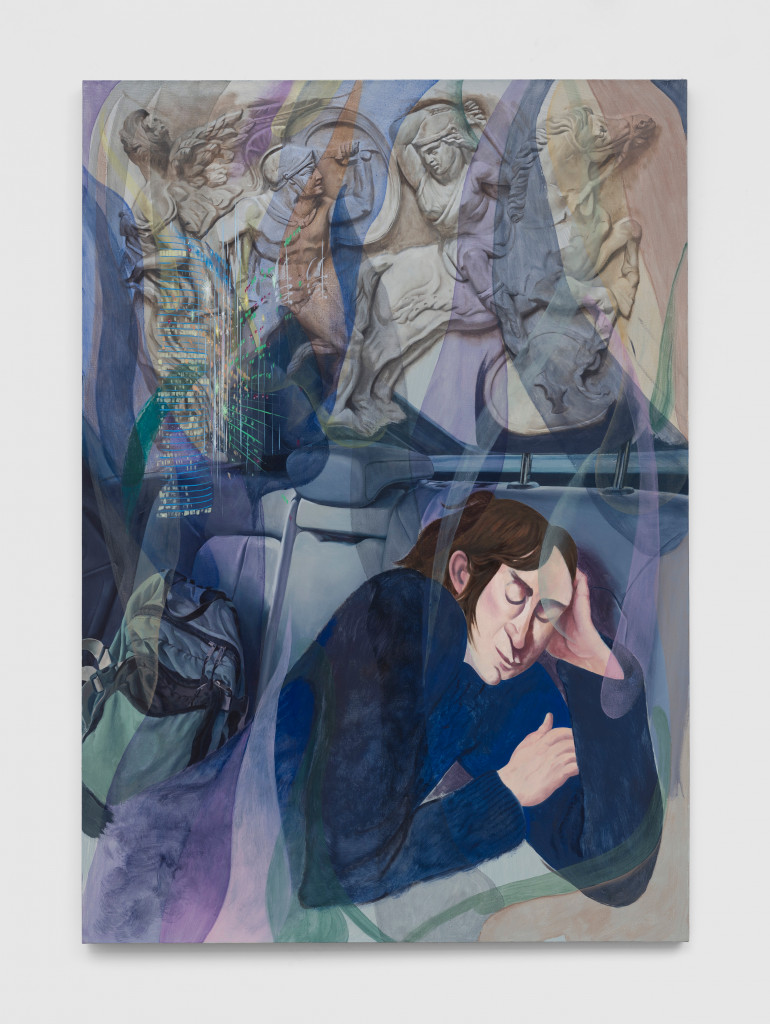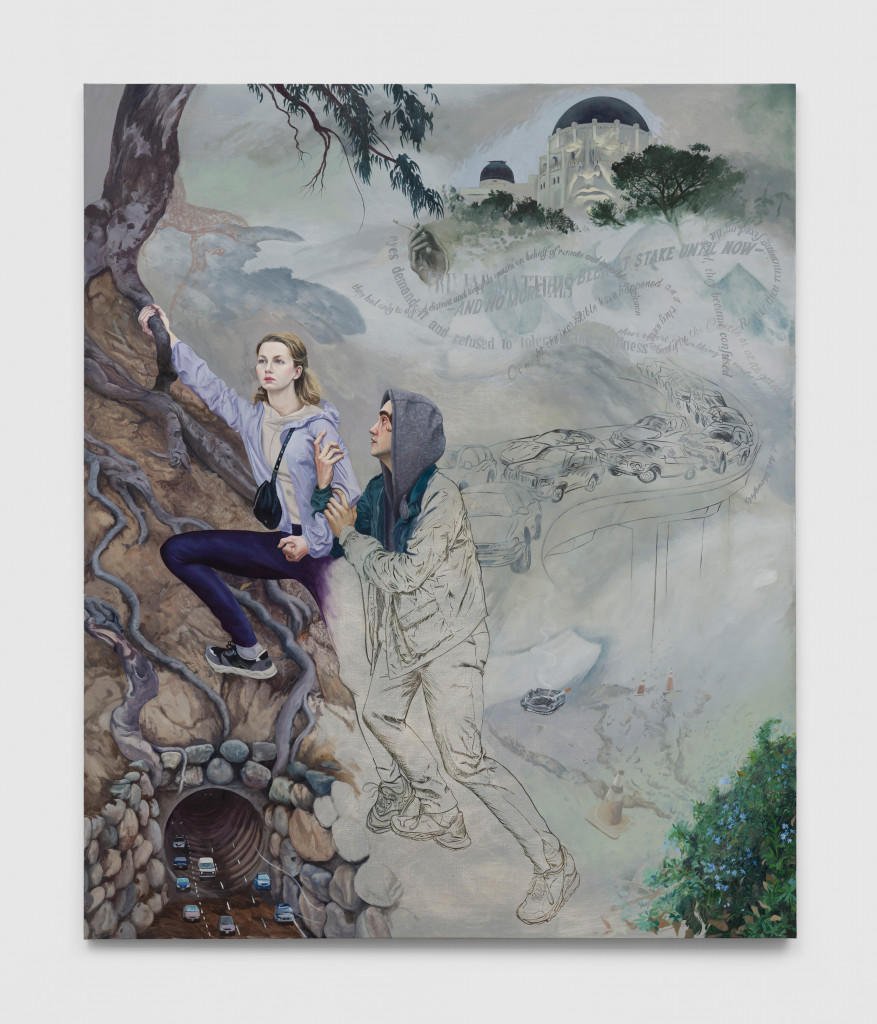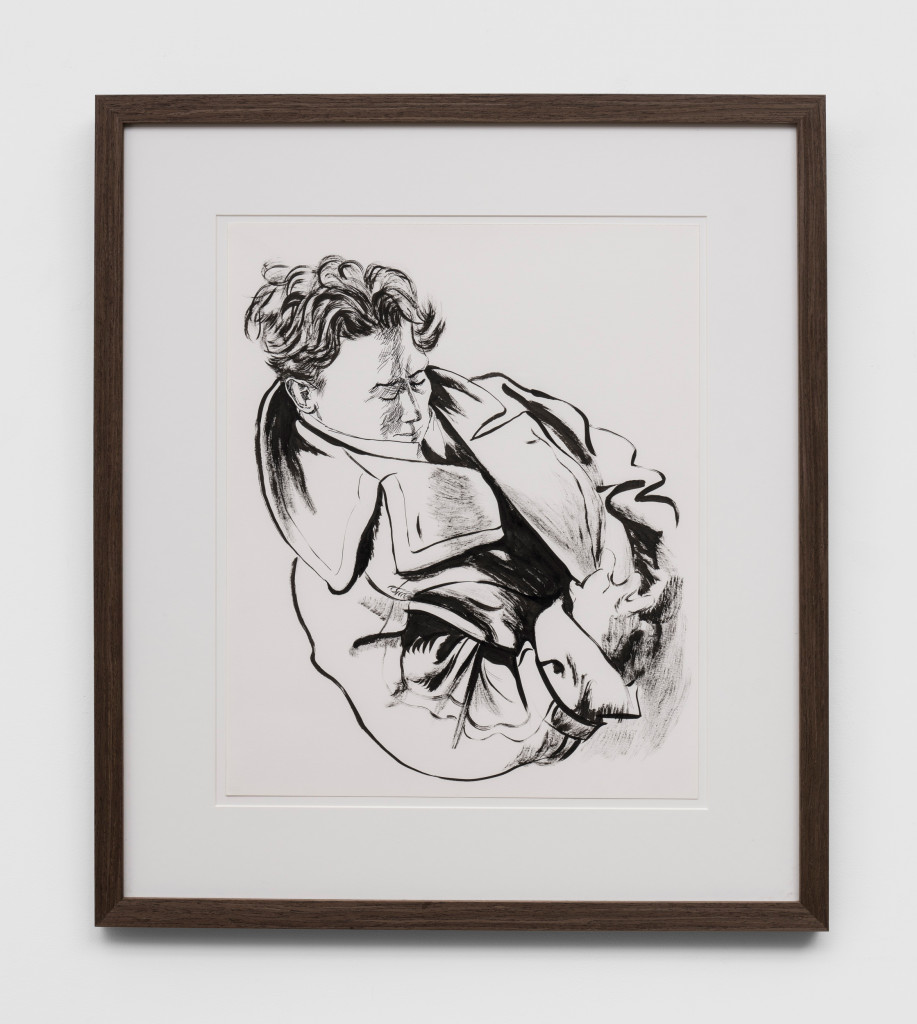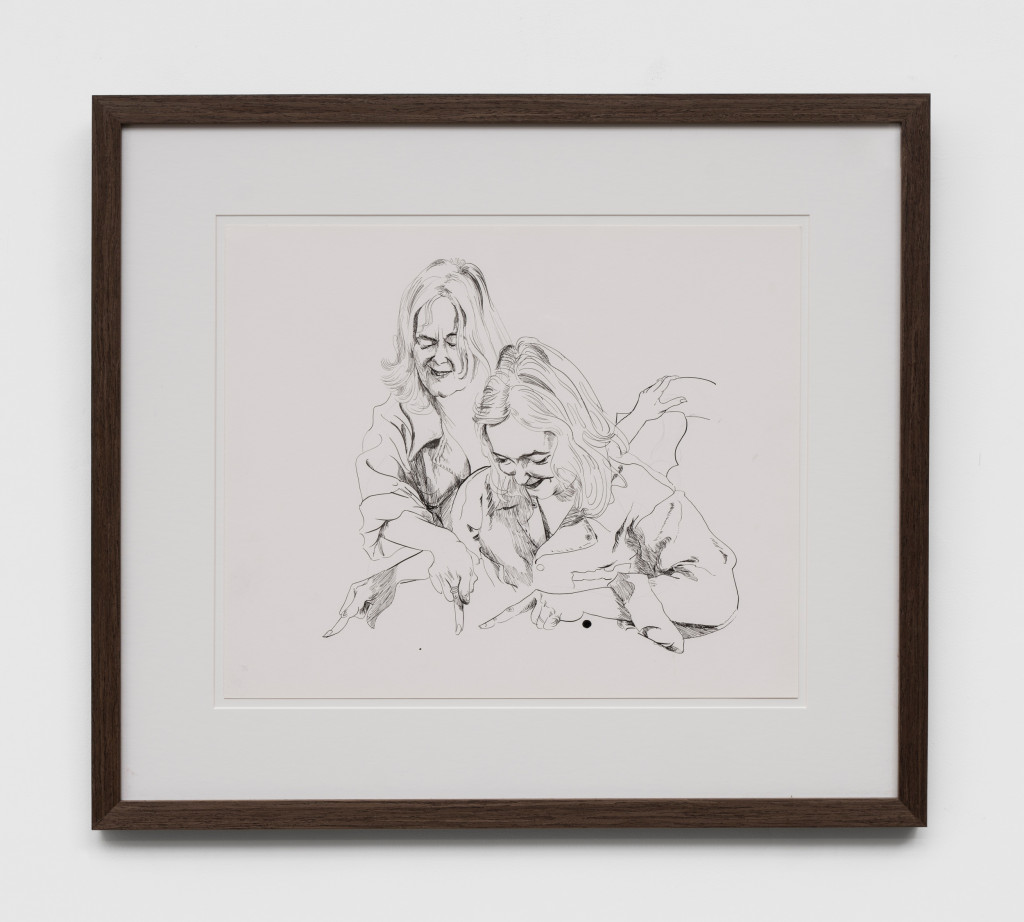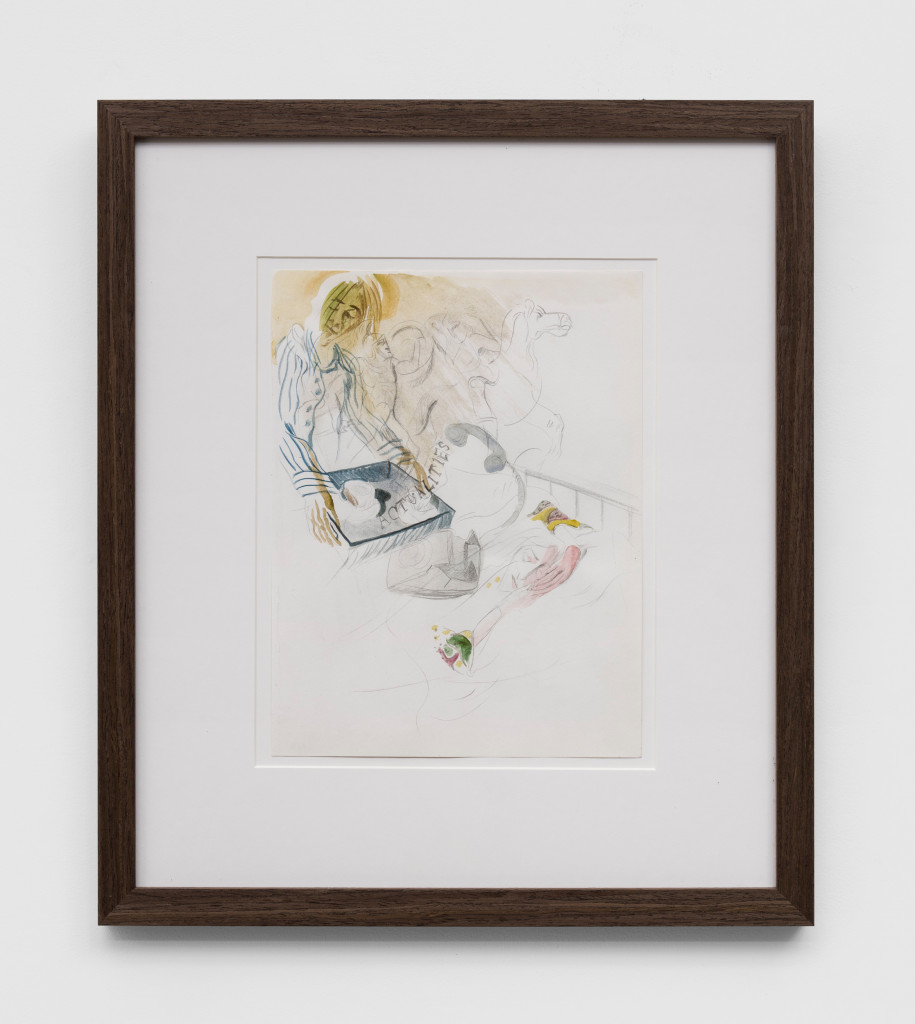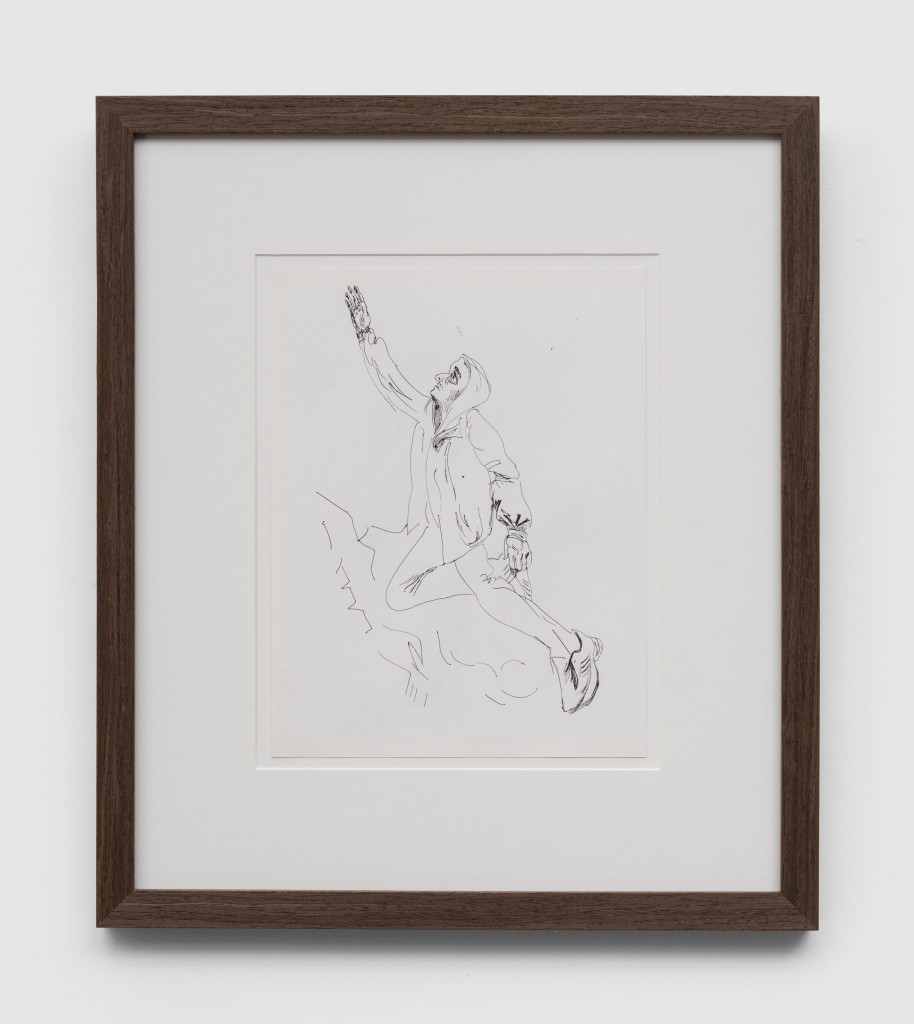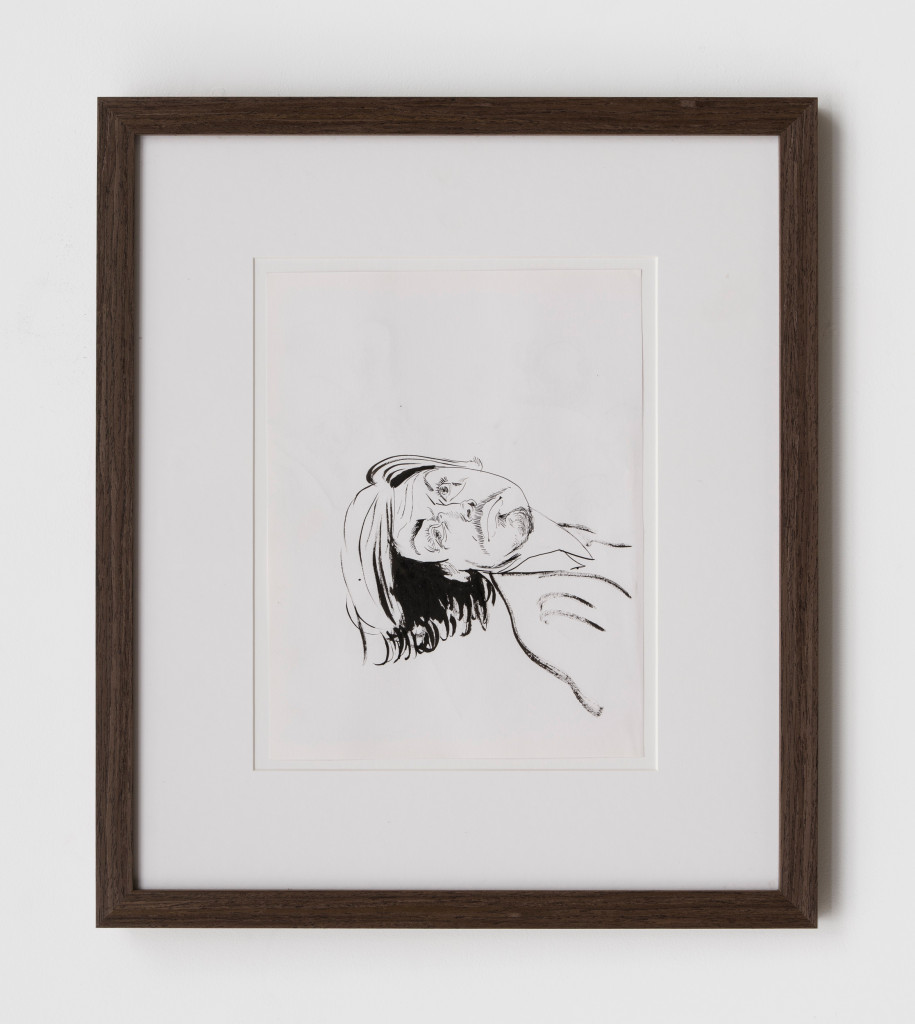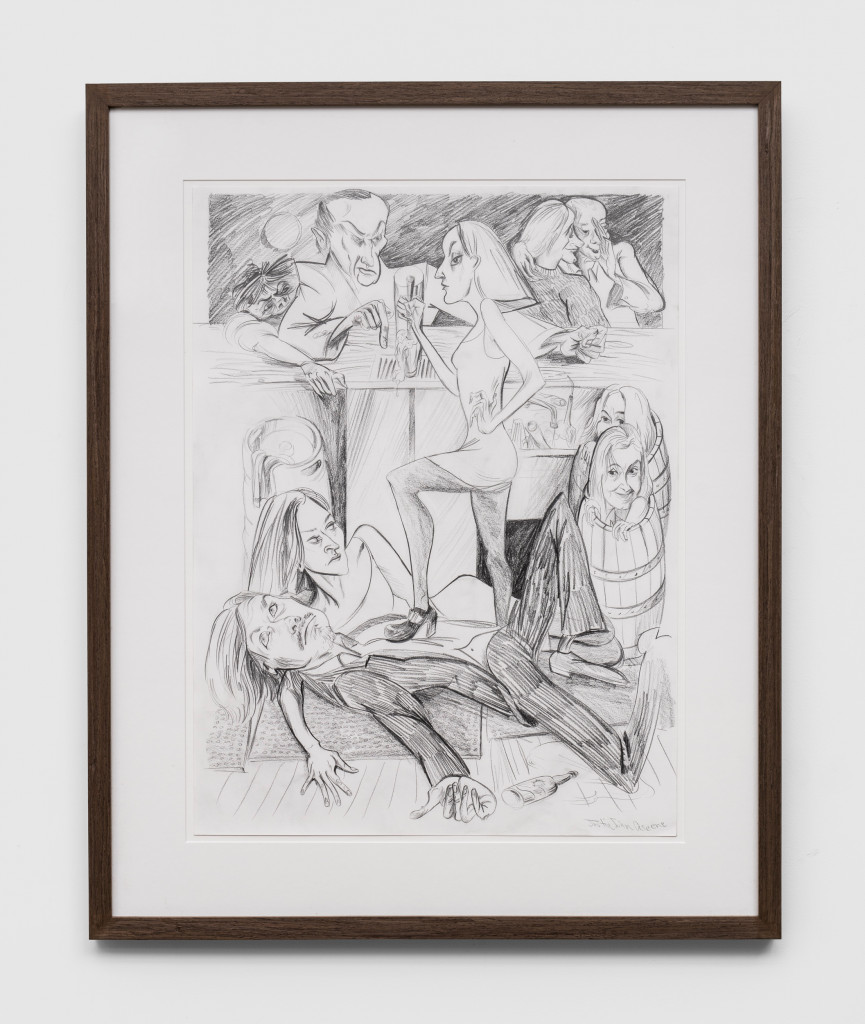- Crude Mockery, 2022, Oil on linen, 60 x 72 inches
- Klamm, 2022, Oil on linen, 24 x 32 inches
- The Tap Room, 2022, Oil on linen, 72 x 120 inches
- Castle, 2022, Oil on linen, 20 x 16 inches
- We’ve certainly accomplished a great deal, 2022, Oil on linen, 72 x 60 inches
- Trouble, 2022, Oil on linen, 54 x 38 inches
- Dream, 2022, Oil on linen, 54 x 38 inches
- Distant and invisible causes on behalf of remote and invisible gentleman, 2022, Oil on linen, 72 x 60 inches
- Untitled Drawing 2022, Ink on paper, Unframed: 17 x 14 in
- Untitled Drawing 2022, Ink on paper, Unframed: 14 x 17 in
- Untitled Drawing 2022, Ink on paper, Unframed: 14 x 17 in
- Untitled (Sketchbook Drawing) 2022, Graphite and watercolor on paper, Unframed: 8.5 x 11 in
- Untitled (Sketchbook Drawing) 2022, Graphite and watercolor on paper, Unframed: 8.5 x 11 in
- Untitled (Sketchbook Drawing) 2022, Graphite and watercolor on paper, Unframed: 8.5 x 11 in
- Untitled (Sketchbook Drawing) 2022, Graphite and watercolor on paper, Unframed: 8.5 x 11 in
- Untitled Drawing 2022, Graphite on paper, Unframed: 24 x 18 in
https://www.matthewbrowngallery.com/exhibitions/justin-john-greene
Matthew Brown is pleased to present The Castle, a solo exhibition of recent works by Justin John Greene. Taking Franz Kafka’s novel of the same name as a point of departure, Greene re-envisions his native Los Angeles as an uncanny terrain that is at once familiar, farcical, and unnerving.
In the suite of drawings and paintings on view— the artist’s most boldly narrative works to date— Greene loosely casts friends and family as characters from the novel, which follows a man’s efforts to gain access to an enigmatic governmental authority in order to perform his job. Set high above the village in a castle, this authority is shrouded in mystery and bulwarked by a complex bureaucracy that the villagers implicitly embrace. For reasons beyond his understanding or control, the protagonist’s efforts are repeatedly thwarted, yet he remains steadfast in futile pursuit of his unattainable goal. In each tableaux, Greene adeptly merges this subject matter with figures and sceneries from his own personal surroundings to produce wry, tragicomic reflections on the frustrations of contemporary life.
Filtered through Greene’s dexterous brush, familiar L.A. nightlife locales like the Red Lion Tavern and Edendale become surreal, abstruse, and even perilous. Ordinary social situations are suffused with both humor and an underlying class anxiety as Greene’s characters attempt to negotiate the nebulous boundaries between labor and recreation. Comprised of multiple actual and fictional identities, they rarely appear to be fully at home as they perform their prescribed roles within increasingly elaborate and contrived social contexts.
This restless multiplicity echoes Greene’s singular painterly approach, in which multiple distinct art historical styles are deployed to create a fractured postmodern pastiche. Cubism, Northern Renaissance painting, 20th century caricature, and the German Neue sachlichkeit are a few among the myriad influences that commingle on the canvas, rendering the familiar strange and surreal.
Most notable is Greene’s transformation of the Griffith Observatory in Distant and invisible causes on behalf of remote and invisible gentlemen (2022), where the addition of an animated face renders an innocuous landmark ghastly and foreboding. Perched atop the Hollywood Hills, the observatory doubles as a comic book villain and a watchful eye of divine judgment.
Well-situated within the Western tradition of religious painting, the work recalls Adam and Eve’s expulsion from the Garden of Eden. Serpentine lanes of traffic, exposed roots, and lines of text from Kafka’s novel wind throughout the composition; in the center, a couple scales a barren bluff. As in Titian’s The Fall of Man, the female figure appears resolved with a clenched fist and determined stance, while the male figure appears vulnerable and uncertain.
The Tap Room (2022) depicts three bartenders’ struggle to attend to the slew of bawdy, monstrous patrons and mythological beasts that demand their attention and affections.They reach, lunge, pour, and caress. One cracks a whip in an attempt to keep the goblins at bay. But these noble attempts fail to quell or bring order to the chaotic, disorganized spectacle, and a spirit of futility and endless repetition lurks beneath the humorous mise-en-scène. We might imagine that the garish patrons will never be sated, that each martini poured begets yet another ordered.
Both paintings call to mind another canonical text: French existentialist Albert Camus’s essay The Myth of Sisyphus, which considers the absurdities of modern life through a retelling of the Greek allegory of Sisyphus, a man sentenced to spend each day pushing a boulder up a mountain, only to see it roll back down again.
And yet, the predominant gesture throughout the exhibition is reaching. From canvas to canvas, Greene’s characters face their surroundings with arms eagerly outstretched, always striving towards something just outside the picture plane. Are we meant to mourn for Greene’s figures, forever frozen in futile pursuit and condemned to a Sisyphean state? Or are we perhaps meant to find hope, and even redemption, in their unyielding gestures of pursuit? Might scaling the mountain be an end in and of itself? Los Angeles, after all, has always been a city that loves to hike.
